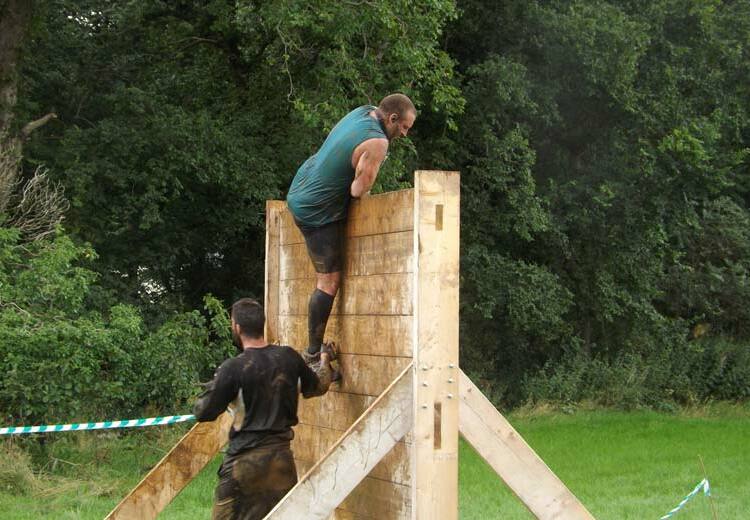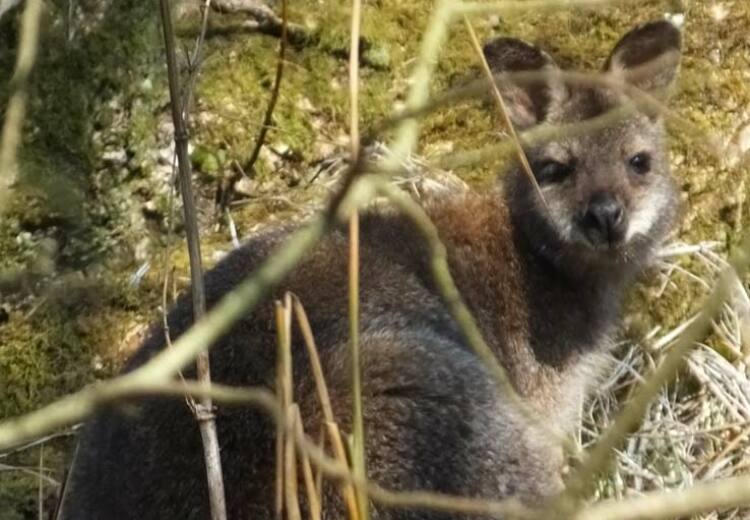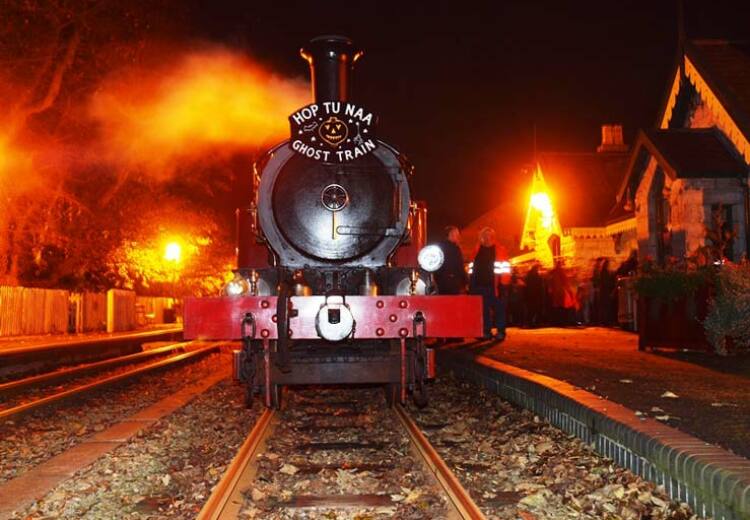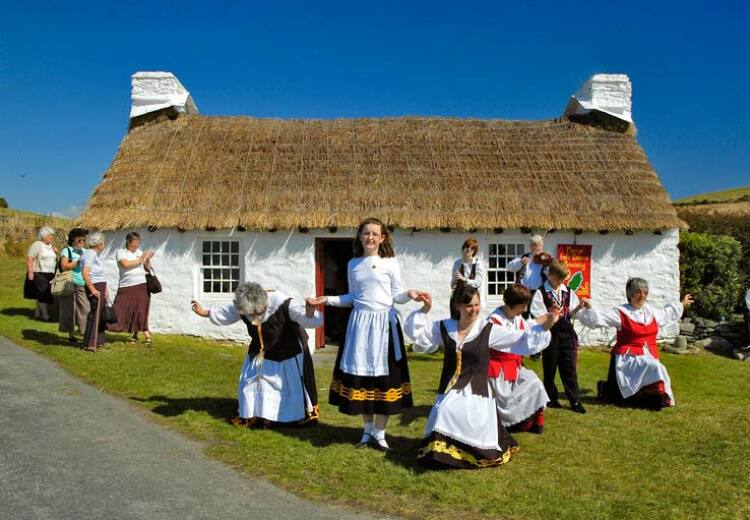ST JOHN Ambulance Isle of Man is encouraging residents to be aware of winter risks and their consequences.
The life saving charity has asked individuals, families and local communities to think about first aid over the winter period.
St John Ambulance has provided the following information and advice should a problem arise:
Frostbite
With frostbite the tissues of the extremities – usually the toes and the fingers – freeze due to low temperatures.
In severe cases it can lead to a permanent loss of sensation and, eventually, tissue death (gangrene) as the blood vessels become irreversibly damaged.
Frostbite usually occurs in freezing or windy and cold conditions. People who cannot move around are particularly susceptible. In many cases frostbite is accompanied by hypothermia and this should be treated accordingly.
Recognition features
There may be:
• ‘Pins and needles’ to begin with.
• Pallor followed by numbness.
• Hardening and stiffening of the skin.
• A colour change to the skin of the affected area - first white then mottled and blue. On recovery the skin may be red, hot, painful and blistered. Where gangrene occurs the tissue may become black due to the loss of blood supply.
Treatment
If possible move the casualty into the warmth before you thaw the affected part. Gently remove rings, gloves and any other constrictions such as boots. Warm the affected part of the body with your hands on your lap or under the casualty’s armpits.
Rubbing the affected areas must be avoided as this can damage the skin and other tissues.
Place the affected part in warm water at around 40°C (104°F). Dry carefully, and apply a light dressing of fluffed-up dry gauze bandage.
Support and raise the affected limb to reduce swelling. An adult casualty may take two paracetamol tablets for intense pain.
Take or send the casualty to hospital.
Warning
Do not:
• Put the affected part near direct heat.
• Attempt to thaw the affected part if there is a danger of it re-freezing.
• Allow the casualty to smoke.
Hypothermia
Hypothermia develops when the body temperature falls below 35°C (95°F). The effects vary depending on the speed of the onset and the level to which the body temperature falls.
Moderate hypothermia can usually be completely reversed. Severe hypothermia – when the core body temperature falls below 30°C (86°F) – is often, but not always, fatal.
However no matter how low the body temperature is it is always worth persisting with life saving procedures until a doctor arrives to assess the casualty.
Recognition features
There may be:
• Shivering and pale, cold, dry skin.
• Disorientation, apathy or irrational behaviour - occasionally belligerence.
• Impaired consciousness or lethargy.
• Slow and shallow breathing.
• Slow and weakening pulse.
• In extreme cases the heart may stop.
Treatment
For a casualty who has been brought in from outside immediately replace wet clothing with warm, dry garments.
The casualty can be re-warmed by bathing if they are fit, young and able to climb into a bath unaided. The water should be warm but not too hot – about 40°C (104°F).
Put the casualty in a bed and ensure that they are well covered. Give them warm drinks or high energy foods such as chocolate to help re-warm them.
Fractures
During the winter months when the ground is often icy falls that result in fractures can become more common.
Both the severity of the fracture and the area that is injured can determine the best treatment.
If you suspect a fracture follow these steps
Introduction
Complete or incomplete break or a crack in a bone due to an excessive amount of force
Step 1 of 3: Look for Swelling
• Unnatural range of movement
• Immobility
• Grating noise or feeling
• Deformity
• Loss of strength
• Shock
• Twisting
• Shortening or bending of a limb.
Step 2 of 3: Support and immobilise
• Support the injured limb
• Immobilise the affected part.
Step 3 of 3: Call for help
• Dial 999 for an ambulance
• Treat for shock
Burns
Heating your home with an open fire is more common in the winter and accidents may lead to both minor and severe burns.
If you or somebody you know has been burnt it is important to administer first aid quickly.
Severe burns:
Treatment
• Start cooling the burn immediately under running water for at least 10 minutes.
• Dial 999 for an ambulance.
• Make the casualty as comfortable as possible lie them down.
• Continue to pour copious amounts of cold water over the burn for at least 10 minutes or until the pain is relieved.
• Whilst wearing disposable gloves, remove jewellery, watches or clothing from the affected area- unless it is sticking to the skin.
• Cover the burn with clean, non-fluffy material to protect from infection. Cloth, a clean plastic bag or kitchen film all make good dressings.
• Treat for shock.
Minor burns:
Treatment
• For minor burns hold the affected area under cold water for at least 10 minutes or until the pain subsides.
• Remove jewellery etc and cover the burn as detailed above.
• If a minor burn is larger than a postage stamp it requires medical attention. All deep burns of any size require urgent hospital treatment.
Clothing on fire
Treatment
• Stop the casualty panicking or running – any movement or breeze will fan the flames.
• Drop the casualty to the ground.
• If possible wrap the casualty tightly in a coat, curtain or blanket (not the nylon or cellular type), rug or other heavy-duty fabric. The best fabric is wool.
• Roll the casualty along the ground until the flames have been smothered.
On all burns:
• Do not use lotions, ointments and creams.
• Do not use adhesive dressings.
• Do not break blisters








